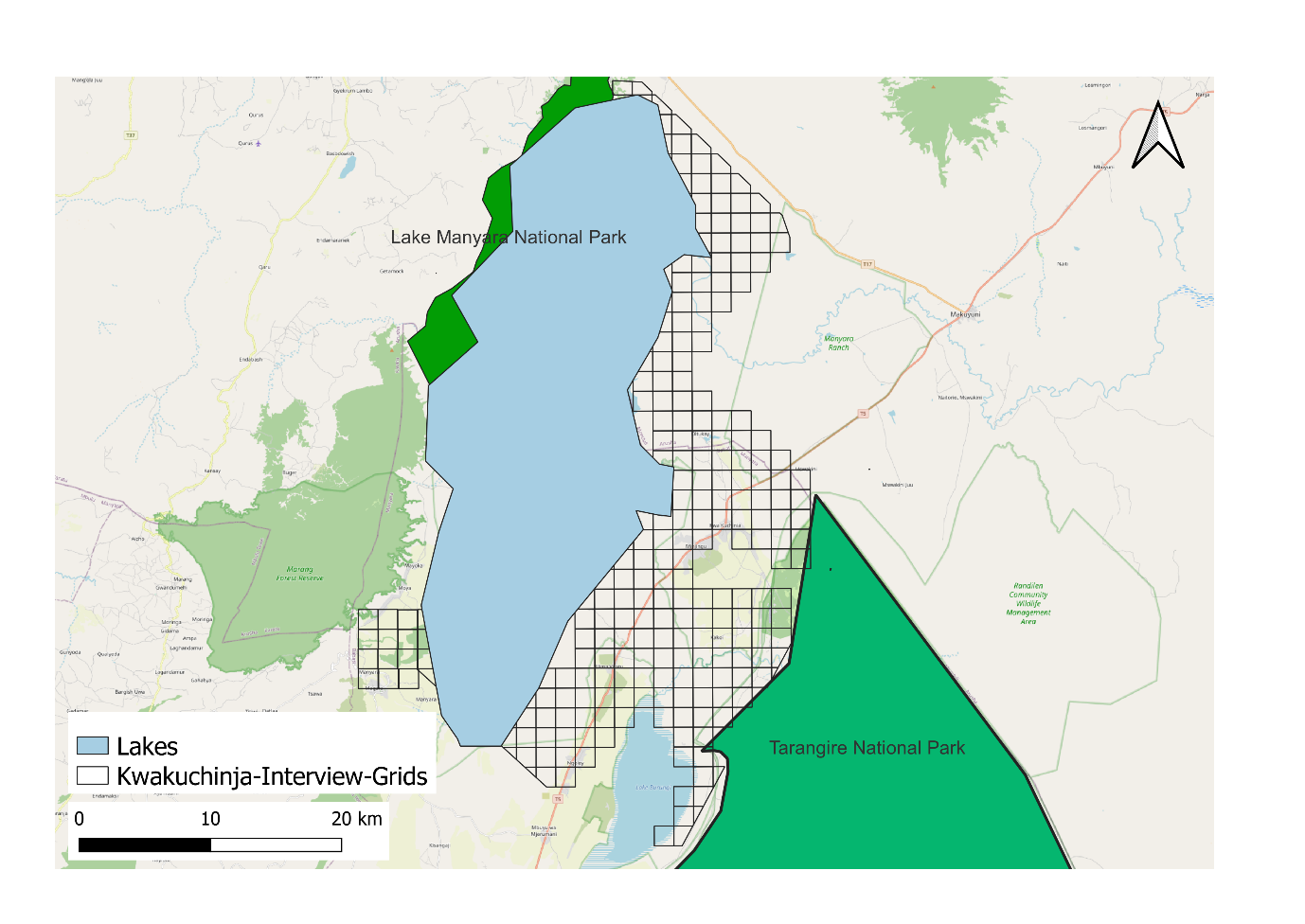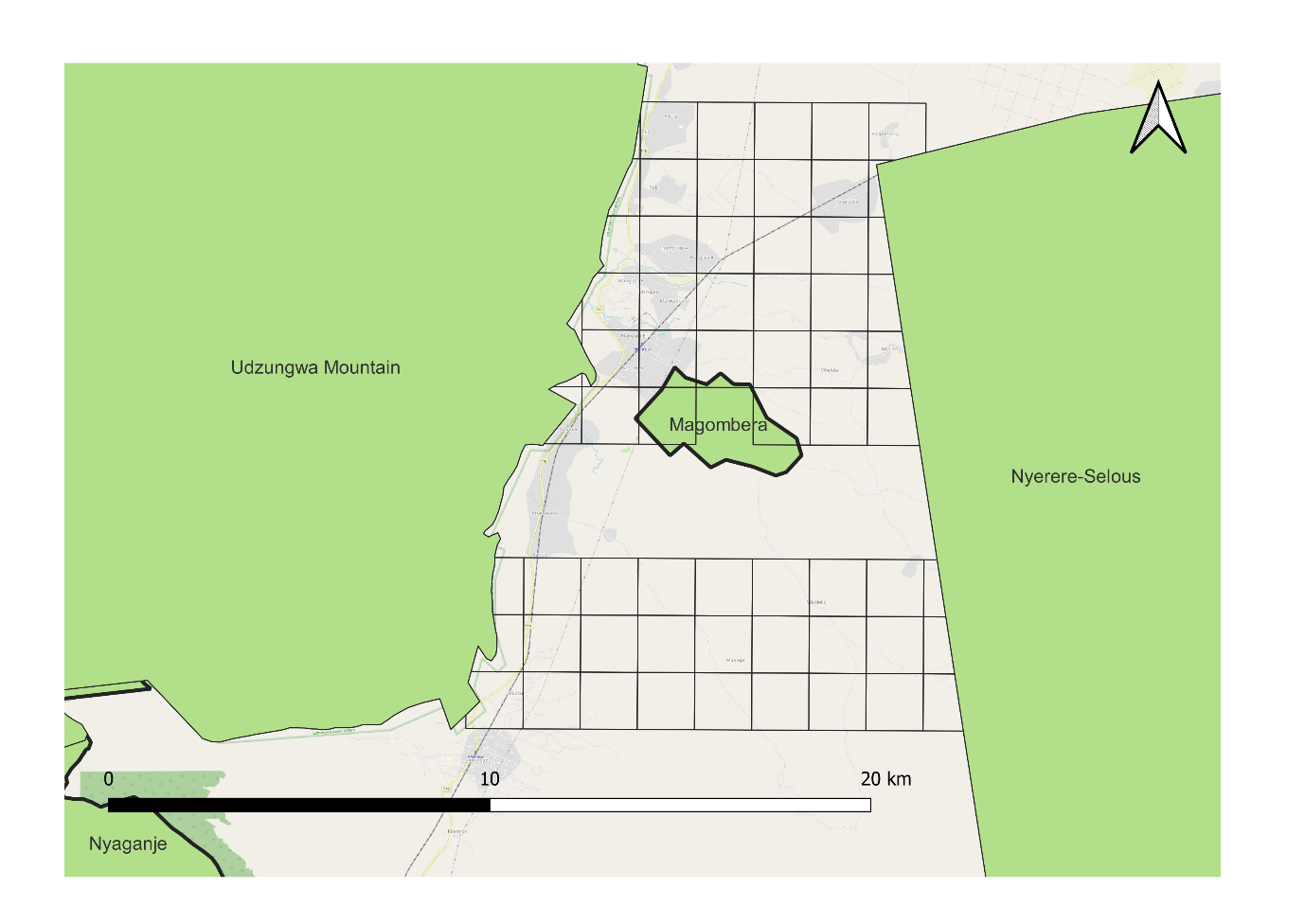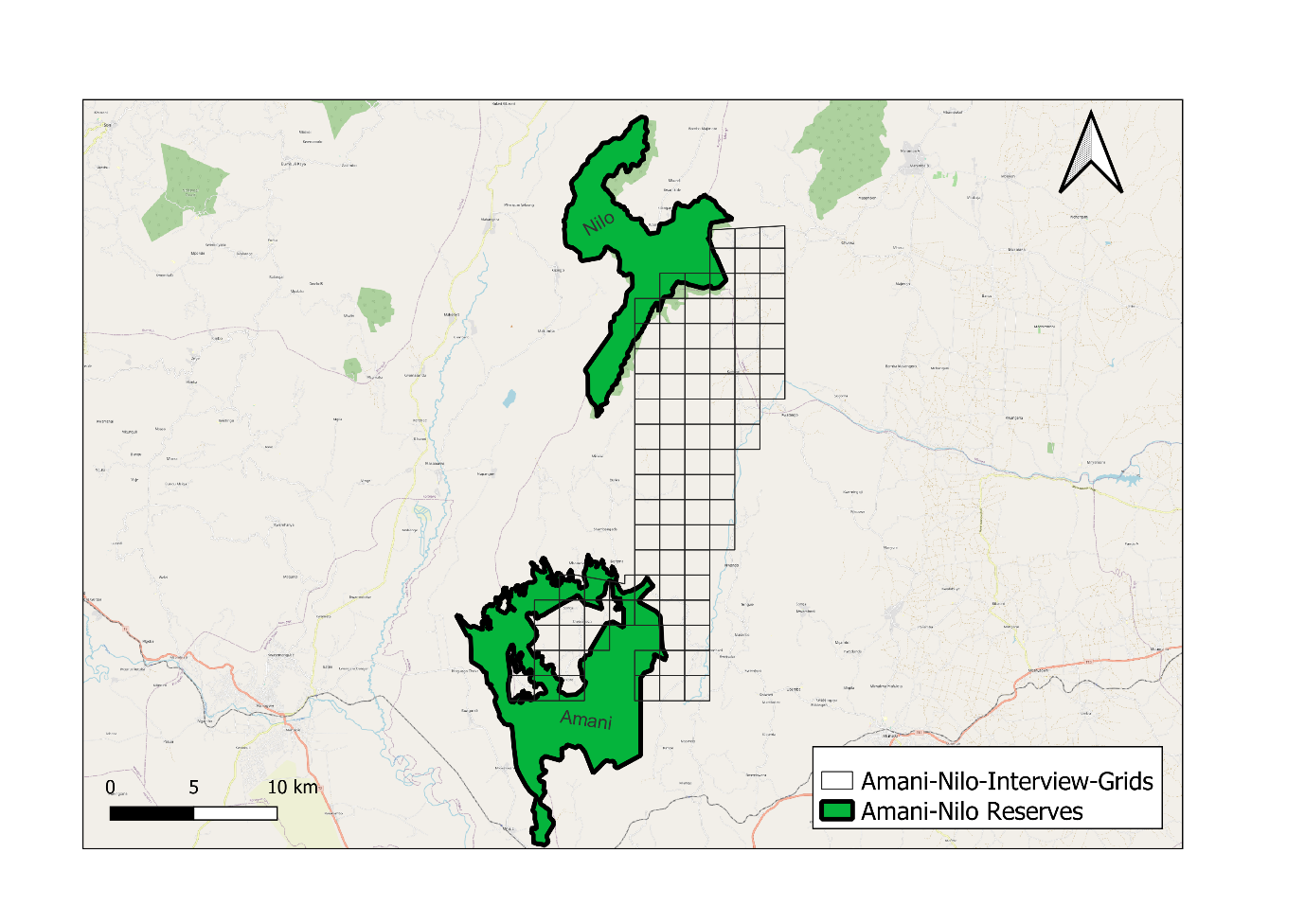The Tanzania Research and Conservation Organization is conducting this project with funding support from the USAID Tuhifadhi Maliasili Activity. The ultimate goal of the project to enhance understanding on local use of pangolin derivatives and sensitize local communities on pangolin conservation in Tanzania using a case study of Kwakuchinja, Nyerere-Selous-Udzungwa, and Amani-Nilo landscapes. TRCO anticipates that findings and efforts from this project will guide participatory efforts to conserve pangolins, their habitat and combat pangolin trafficking in Tanzania. The main activities involved under this project is to assess historical and occurrence and distribution of pangolin in corridors including mapping pangolin habitat use and feeding ground to determine suitable sites to release pangolins when rescued. Identify trade networks, routes, and the business nature of pangolin and their derivatives at the local scale, also capacity building training to different conservation practitioners and local community to enhance pangolin conservation in the corridors.
Kwakuchinja wildlife corridor
Is part of Manyara-Tarangire ecosystem, and this corridor connects Lake Manyara with Tarangire National Parks.
 A map showing the Kwakuchinja wildlife corridor. The grids shows our actual area of interest in this corridor project.
A map showing the Kwakuchinja wildlife corridor. The grids shows our actual area of interest in this corridor project.
Nyerere Selous Udzungwa Wildlife corridor
Is part of Selous-Mikumi-Udzungwa ecosystem in Southern Tanzania, and this corridor connects Udzungwa National Park with Nyerere National Park and Selous Gama Reserve.
 A map showing the Nyerere-Selous-Udzungwa wildlife corridor. The grids shows our actual area of interest in this corridor project.
A map showing the Nyerere-Selous-Udzungwa wildlife corridor. The grids shows our actual area of interest in this corridor project.
Amani-Nilo Wildlife corridor
Is part of Eastern Arc Mountains, and this corridor connects Amani Nature Reserve with Nilo Forest Reserve.
 A map showing the Amani-Nilo wildlife corridor. The grids shows our actual area of interest in this corridor project.
A map showing the Amani-Nilo wildlife corridor. The grids shows our actual area of interest in this corridor project.

